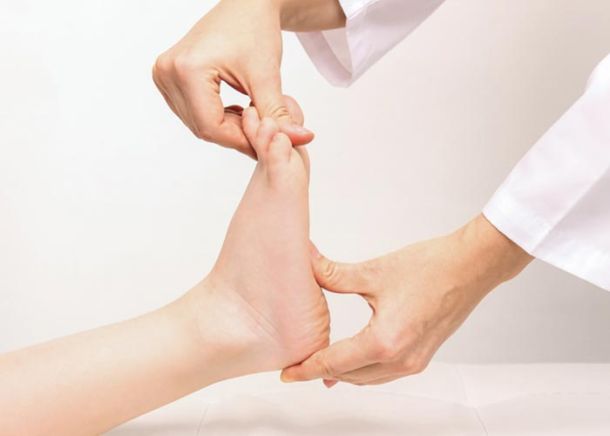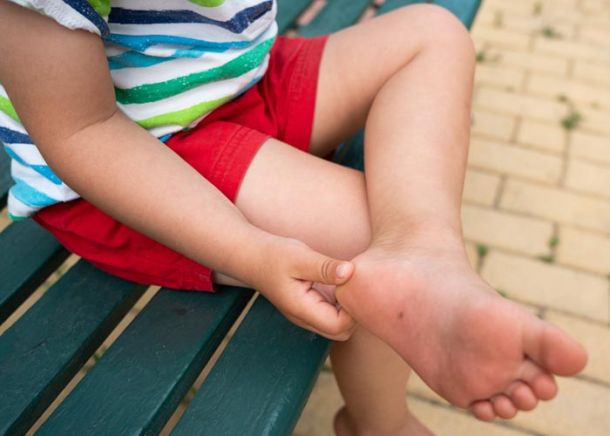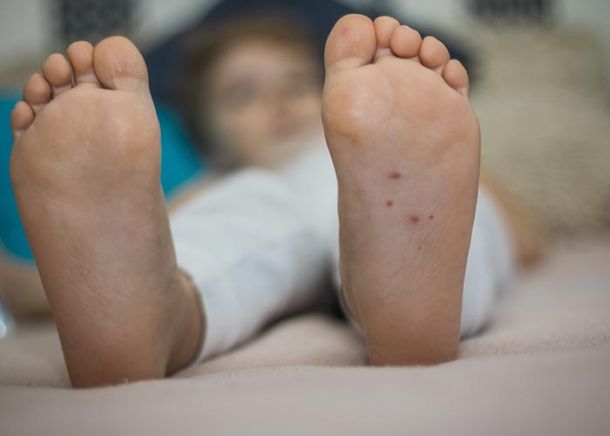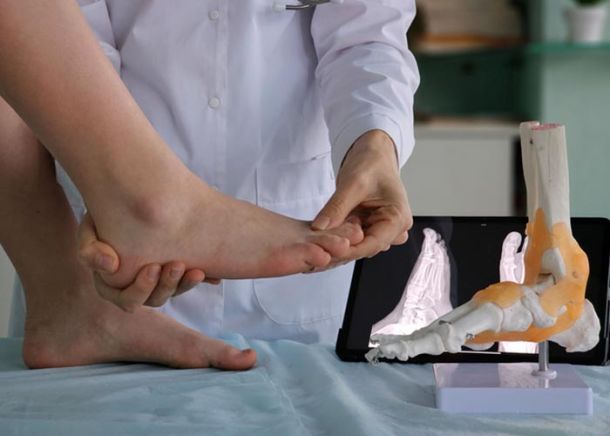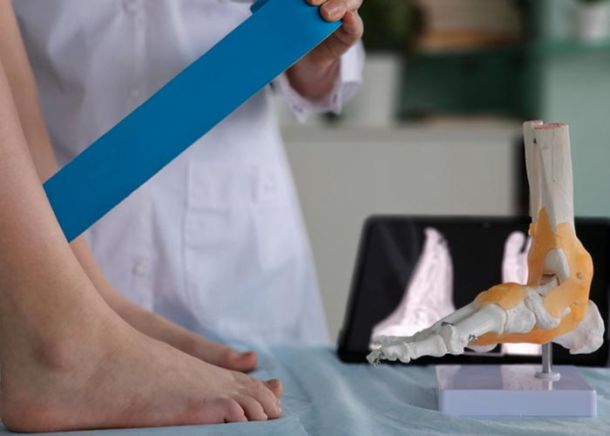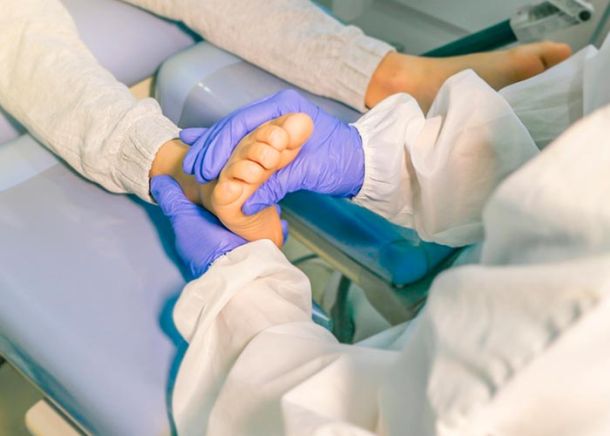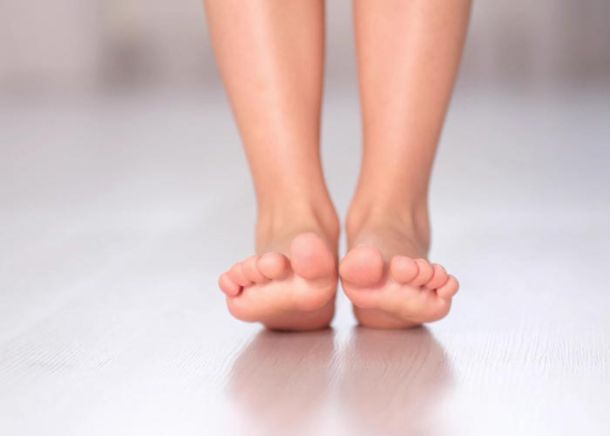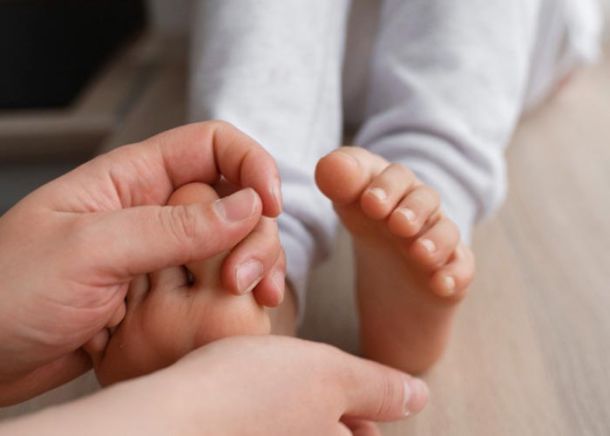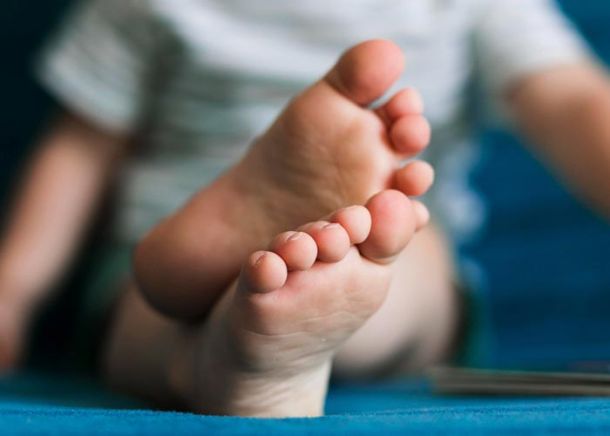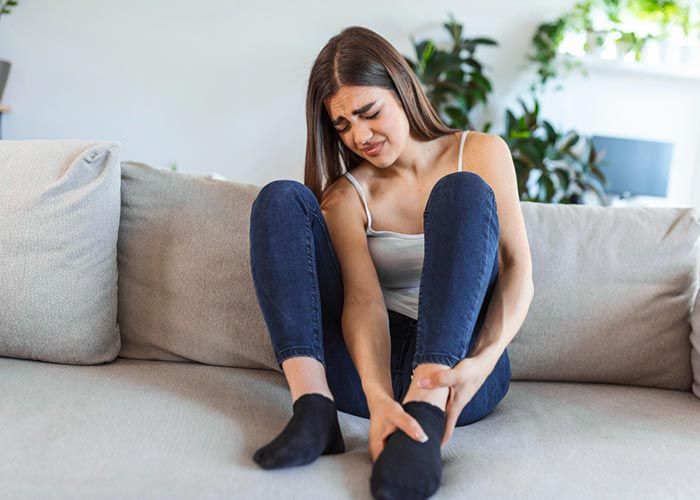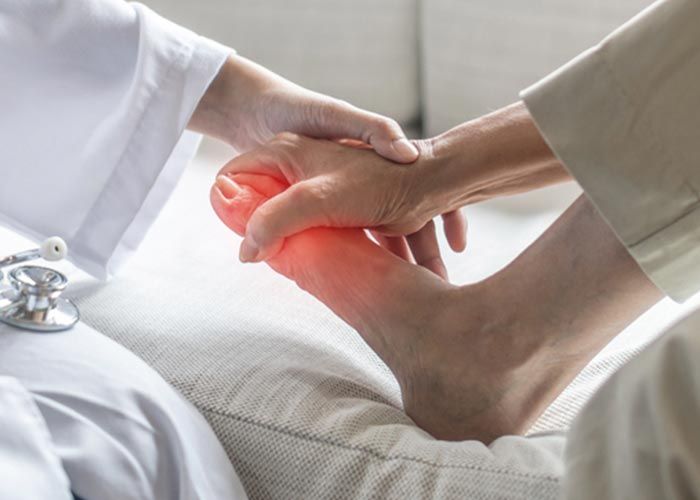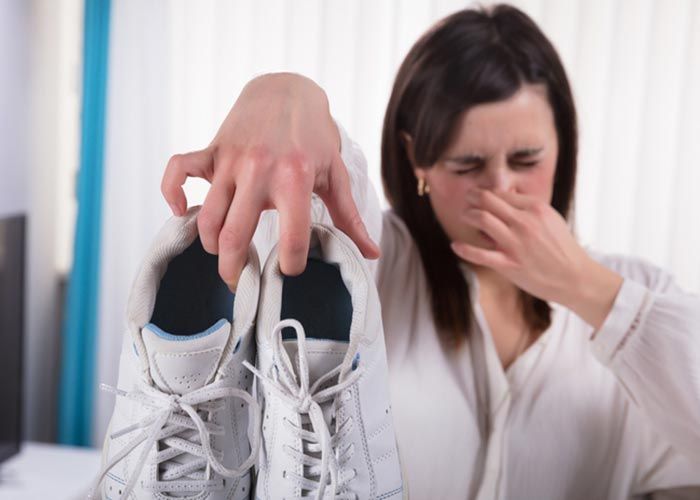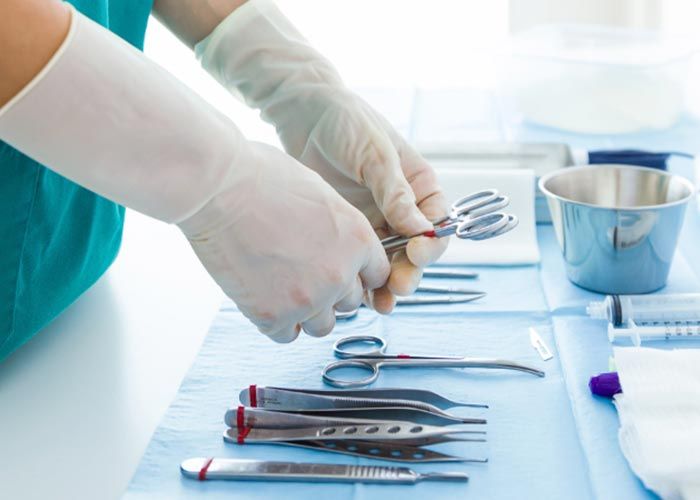Protect Children from Ankle Sprains in Houston, TX
Pediatric ankle sprains should heal right avoid future problems with personalized recovery plans
Protect Children from Ankle Sprains in Houston, TX
Ankle sprains are one of the most common injuries among active children and can impact growth if not properly treated. Whether from sports, a fall, or everyday play, a sprain should never be ignored. At Rivera Foot & Ankle, we provide child ankle sprain Houston care that’s safe, gentle, and built for growing feet.
Our clinic specializes in Houston pediatric ankle injury treatment with personalized attention and advanced therapies. From swollen ankle Houston child evaluations to recovery planning, Rivera Foot & Ankle ensures Heights ankle sprain care that gets kids back on their feet quickly and confidently. Protect your child’s future mobility with expert support today.
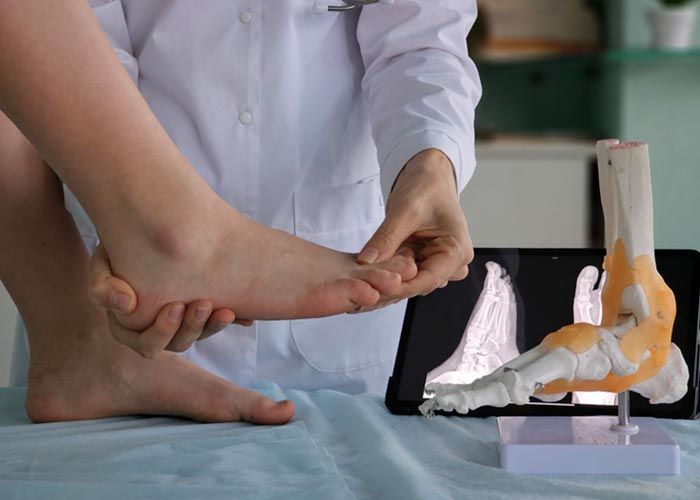
BENEFITS
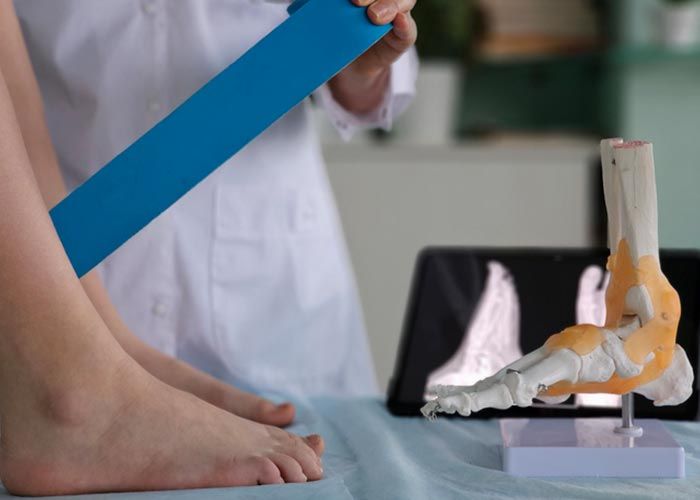
-
1
Kid Friendly Assessments: We use gentle exams and easy to understand language to make your child feel safe and supported throughout their visit.
-
2
Accurate Injury Diagnosis: Our specialists quickly determine the severity of Houston sprained ankle kids injuries to prevent long term complications.
-
3
Non Surgical Recovery Plans: We provide personalized care for ankle ligament strain children cases using rest, bracing, and physical therapy when needed.
-
4
Rapid Swelling Relief: Using cold therapy, elevation, and compression, we reduce inflammation and pain in Heights kids twisted ankle cases quickly.
-
5
Safe Return to Activity Guidance: We offer a structured return to play plan to help prevent reinjury and support continued foot and ankle development.
-
6
Trusted Local Pediatric Care: As a Heights child ankle doctor, we provide thorough, experienced care parents can trust during every stage of healing.
PHASES OF THE PROCESS

Initial Injury Assessment:
We evaluate pain, swelling, and mobility to determine the severity of your child’s sprained ankle and rule out fractures.

Imaging and Testing:
When necessary, we perform X-rays or ultrasound to confirm a Houston podiatrist ankle sprains diagnosis and ensure proper care.

Treatment Plan Development:
Based on the injury’s grade, we design a plan that may include rest, wrapping, and limited activity with follow up monitoring.

In Office and At Home Care:
We equip families with tools and instructions for home support, ensuring pain relief and progress outside the clinic.

Follow-Up Evaluation:
We monitor healing progress and adjust treatment as needed for full recovery, especially in recurring or severe cases.

Education and Prevention:
Parents and children receive tips on injury prevention, safe activity, and supportive shoes for children ankle injury help.
A child’s sprained ankle needs more than ice and rest it needs expert evaluation and care to avoid lasting damage. Let our team support their healing journey. Call or text (713) 691-9600 today, or fill out our Contact us form to book an appointment at our Heights pediatric ankle relief clinic.
CHILDREN SERVICES
MORE SERVICES
FOOT
At Rivera Foot & Ankle, we specialize in the comprehensive care of the Foot, offering expert diagnosis and treatment for a wide range of conditions. Serving the greater Houston Heights area, we are committed to providing precise, patient-centered solutions using advanced podiatric techniques. Whether you’re experiencing pain, skin irritation, or structural issues, our clinic is an excellent choice for those seeking effective and compassionate care tailored to every foot condition.
ANKLE
At Rivera Foot & Ankle, we provide expert care for all conditions affecting the Ankle, offering both non-invasive and advanced treatment solutions. Located in Houston Heights, we’re proud to be a trusted provider for patients dealing with pain, instability, or injuries. Whether you’ve experienced a recent sprain or suffer from chronic ankle pain, our team is dedicated to restoring comfort and mobility through personalized, effective care.
SKIN
At Rivera Foot & Ankle, we provide trusted solutions for a variety of Skin conditions affecting the feet. Whether you're dealing with irritation, infection, or chronic dryness, our expert care is designed to restore health and comfort. Located in Houston Heights, we’re proud to offer advanced treatments that are personalized and effective. Our clinic is a top choice for anyone seeking comprehensive skin care for their feet in the greater Houston area.
SERVICES
At Rivera Foot & Ankle, our comprehensive Services are designed to meet every podiatric need with precision, compassion, and advanced care. Whether you're seeking relief from chronic foot pain, recovering from an injury, or looking for preventive solutions, our team in Houston Heights offers expert-level support in a welcoming and modern environment. We take pride in being the go-to choice for patients who want effective, long-lasting results without compromising comfort or quality.


